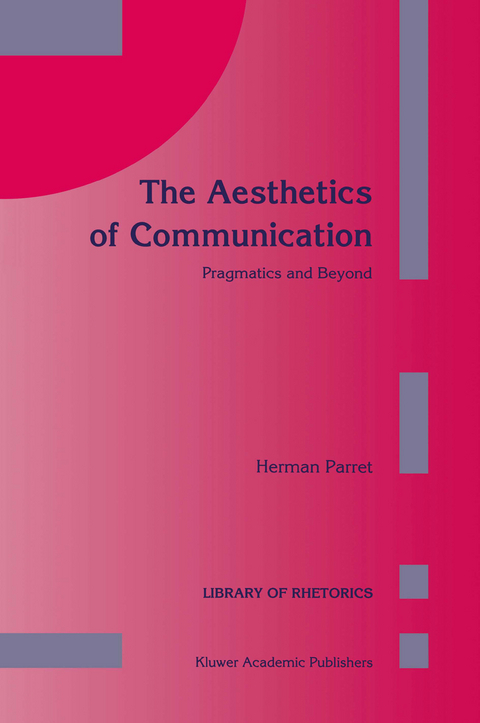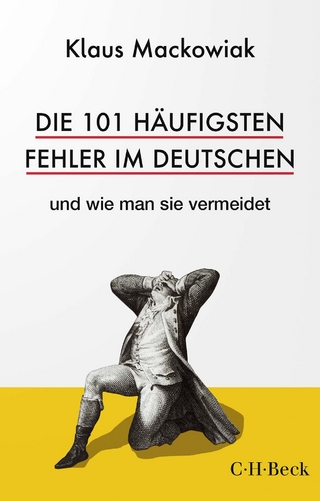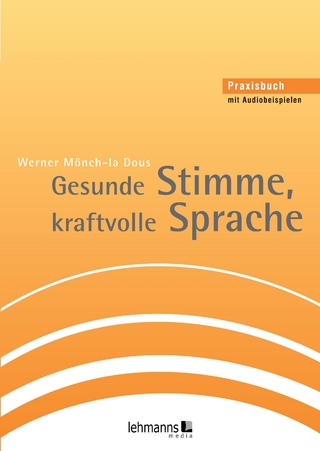
The Aesthetics of Communication
Springer (Verlag)
978-94-010-4779-1 (ISBN)
Aestheticizing Pragmatics.- The Gamut of Pragmatics.- Homo Economicus and Homo Sociologicus.- Antilope, Albertine and Penelope: Three Little Ontologies.- Modus Logicus and Modus Aestheticus.- 1 Strategic Rationality.- 1. Philia and Ens.- 2. Calculus and Manipulation.- 3. The Art of War or Kriegskunst.- 4. Games of Society and Games of Culture.- 2 Time, That Great Sculptor.- 1. Saying Time.- 2. Sensing Time.- 3. Remembering Time.- 4. Epilogue: Suffering Time.- 3 Abductive Understanding.- 1. Intuition.- 2. Presumption.- 3. Habit.- 4. Sensibility.- 4 Reasonable Pathos.- Prolegomena: The Discursive Economy of Pathos.- 2. The Logic of Sentiments.- 3. The Reasons of Passion.- 4. The Reasons for Desiring Passion.- 5 The Sublime and the Ambiance of Seduction.- 1. Hypostasis and Critique of the Sublime.- 2. The Schema of Aesthetic Values.- 3. The (Sublime) Ambiance of Seduction.- 6 The Attitude of Good Taste.- 1. Understanding the Acceptable.- 2. Desiring the Obligatory.- 3. The Royal Way.- 7 Communicating Through Aisthesis.- 1. The Pursuit and Crisis of Foundations.- 2. The Argumentative and Communicative Community.- 3. The Affective Community.- 4. Socializing the Sensible, Sensibilizing the Social.
| Reihe/Serie | Library of Rhetorics ; 2 |
|---|---|
| Übersetzer | Stuart Rennie |
| Zusatzinfo | VIII, 174 p. |
| Verlagsort | Dordrecht |
| Sprache | englisch |
| Maße | 160 x 240 mm |
| Themenwelt | Kunst / Musik / Theater ► Kunstgeschichte / Kunststile |
| Geisteswissenschaften ► Philosophie | |
| Geisteswissenschaften ► Sprach- / Literaturwissenschaft ► Sprachwissenschaft | |
| ISBN-10 | 94-010-4779-0 / 9401047790 |
| ISBN-13 | 978-94-010-4779-1 / 9789401047791 |
| Zustand | Neuware |
| Haben Sie eine Frage zum Produkt? |
aus dem Bereich


